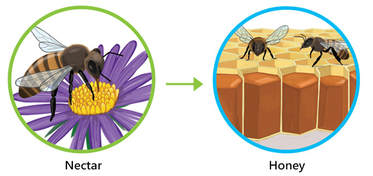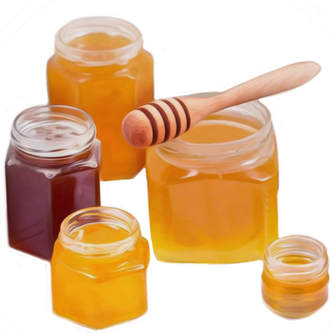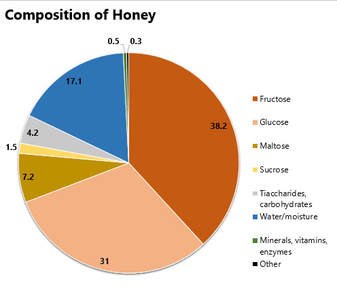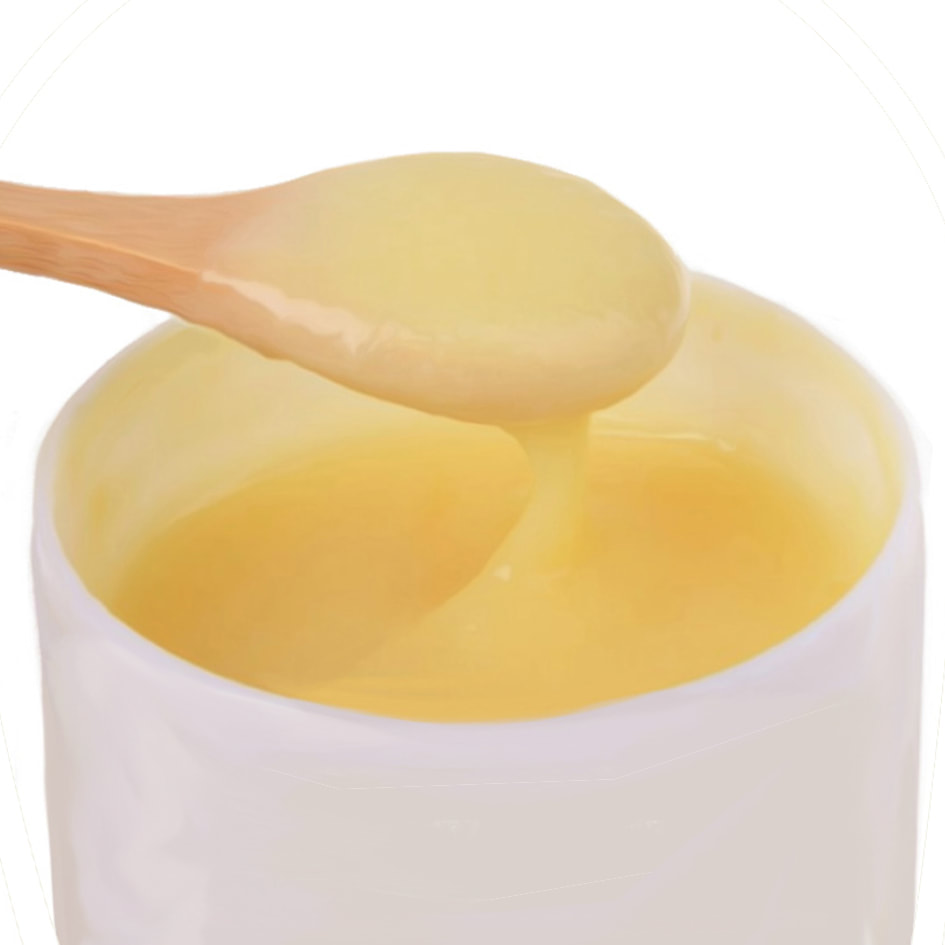Beehive Products
Honey bees are the only insects that produce food for humans.
Of course, honey bees are responsible for making the honey that so many people love. This is the reason why they were domesticated in the first place. Apart from its taste, honey has been used since antiquity as a treatment for wounds and a number of ailments.
But honey bees are about much more than honey. Some of you may be familiar with royal jelly or even pollen harvested from beehives. Honey bees also our only source of beeswax and lesser known - although extremely useful - products like propolis and bee venom.
But surprisingly few people know how honey bees produce these foods and natural medicines - even the benefits of honey are often not fully understood.
Here is a look at the most common beehive products and other lesser known ones:
Of course, honey bees are responsible for making the honey that so many people love. This is the reason why they were domesticated in the first place. Apart from its taste, honey has been used since antiquity as a treatment for wounds and a number of ailments.
But honey bees are about much more than honey. Some of you may be familiar with royal jelly or even pollen harvested from beehives. Honey bees also our only source of beeswax and lesser known - although extremely useful - products like propolis and bee venom.
But surprisingly few people know how honey bees produce these foods and natural medicines - even the benefits of honey are often not fully understood.
Here is a look at the most common beehive products and other lesser known ones:
Can you guess which is the single most important product of the beehive? Read on to find out.
|
Honey
Honey is essentially produced from nectar found in flowers. Bees collect this sweet liquid and may consume it directly for energy to sustain them on long flights or keep it in their honey stomachs and bring it back to the hive for long-term storage. Once inside the hive, honey bees regurgitate and re-ingest the nectar in their stomachs repeatedly to achieve a partial digestion. They then place the nectar in unsealed honeycombs. At this point, the partially digested nectar is on its way to becoming honey but it still contains a high amount of water, which may cause the sugars in it to ferment. Honey bees then flutter their wings to circulate air around the nectar and evaporate water from it. When the level of water (moisture) drops below 18%, the honey is no longer likely to ferment. At this point, the honey bees proceed to seal the honeycombs. Honeydew honey is a special type of honey made from honeydew, a sweet sticky substance produced by certain aphids (small insects that feed on the sap of plants and trees). Honey bees collect honeydew and process it just as they do nectar to produce a strong, dark honey. |




